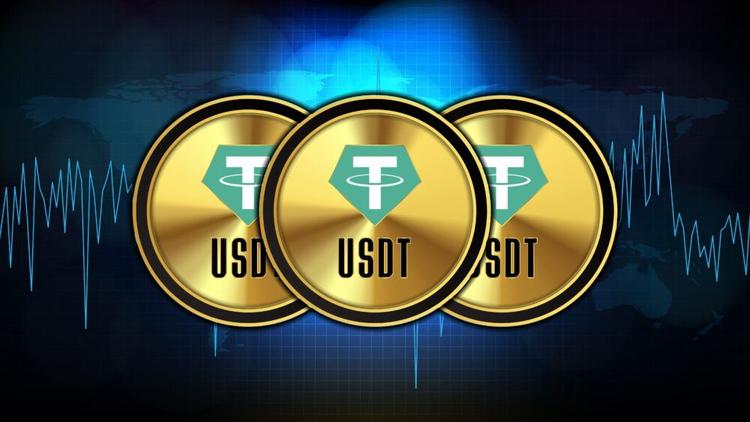
BEGINNER’S GUIDE
by: Towqeer gilkar

The Role of Stablecoins in the Crypto Market
Stablecoins have emerged as a key component of the cryptocurrency market, offering an intriguing blend of digital asset innovation with the stability typically associated with traditional fiat currencies. This article explores the role of stablecoins in the cryptocurrency market, their types, benefits, challenges, and potential implications for the future of finance.
What Are Stablecoins?
Stablecoins are a type of cryptocurrency designed to minimize price volatility. They achieve this stability by being pegged to a more stable asset, such as a fiat currency (like the US dollar), commodities (like gold), or other cryptocurrencies. The primary goal of stablecoins is to combine the instant processing and security of cryptocurrency transactions with the stable valuations of fiat currencies.
Types of Stablecoins
- Fiat-Collateralized Stablecoins: Pegged to fiat currencies, these stablecoins maintain a reserve of a specific currency (e.g., USD) as collateral.
- Commodity-Collateralized Stablecoins: Backed by commodities like gold or oil, these offer an investment in physical assets alongside the benefits of a digital currency.
- Crypto-Collateralized Stablecoins: Pegged to other cryptocurrencies but are over-collateralized to absorb price fluctuations.
- Algorithmic Stablecoins: Not backed by any asset but use a working algorithm to control the coin’s supply, thus maintaining its value.
The Role of Stablecoins in the Crypto Market
Stability in a Volatile Market
- Reducing Volatility: Stablecoins provide a haven from the high volatility typically associated with cryptocurrencies like Bitcoin and Ethereum.
- Price Stability: They offer a more predictable and stable investment, which is appealing for both individual and institutional investors.
Facilitating Transactions and Trade
- Medium of Exchange: Stablecoins are often used as a medium of exchange in the crypto market, enabling easier buying, selling, and trading of other cryptocurrencies.
- Cross-border Transactions: With their stability and efficiency, stablecoins are increasingly used for cross-border transactions, offering a faster and cheaper alternative to traditional banking systems.
Enhancing Decentralized Finance (DeFi)
- Liquidity in DeFi: Stablecoins are a critical component in the DeFi ecosystem, providing liquidity and stability.
- Yield Farming and Lending: They are commonly used in yield farming strategies and crypto lending platforms.
Benefits of Stablecoins
- Lower Transaction Costs: Stablecoins often have lower transaction fees compared to traditional bank transfers, especially in cross-border transactions.
- Blockchain Efficiency: They combine the efficiency and security of blockchain technology with the stability of the asset they are pegged to.
- Financial Inclusion: Offer a digital, stable currency for unbanked populations with limited access to traditional banking.
Challenges and Risks
- Regulatory Uncertainty: The regulatory status of stablecoins is still evolving, which could impact their future use and acceptance.
- Collateral Management: Maintaining sufficient collateral and ensuring its safety and liquidity is a constant challenge.
- Dependence on Underlying Asset: The stability of a stablecoin is contingent on the stability of the underlying asset, which can be a risk if the pegged asset itself becomes volatile.
Conclusion
Stablecoins play a crucial role in the cryptocurrency market by offering a bridge between the traditional financial world and the emerging digital economy. They provide stability in a notoriously volatile market, facilitate transactions, and are pivotal in the growth of DeFi.
Related Blogs
Our great way to help make people keep working for us is to invest in their overall job satisfaction by providing them with the perks and benefits they want most.




